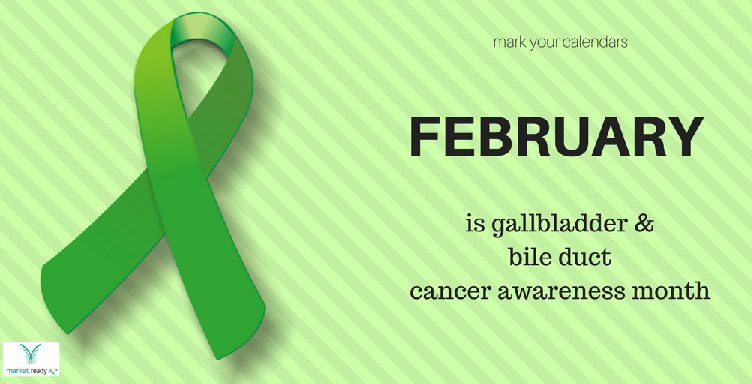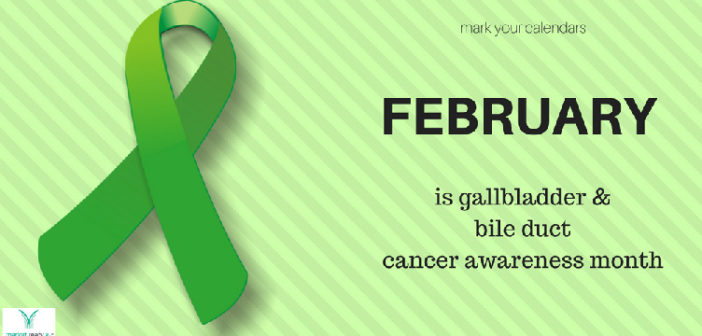
The color for Gallbladder and Bile Duct Cancer is ‘kelly green.” People can spread the word by simply wearing the respective ribbon, especially during the month of February.
Credit:@marketreadyrx
February is Gallbladder and Bile Duct Cancer Awareness Month. Gallbladder Cancer and Cholangiocarcinoma, also known as Bile Duct Cancer, are very rare types of cancer. According to a study done by the American Cancer Society, only about 8,000 people are diagnosed with Bile Duct Cancer a year. As for Gallbladder Cancer, four out of every 10 people are diagnosed every year. For this reason, it is even more crucial that persons educate themselves on the symptoms. But first, what is the gallbladder? What is a bile duct? And does everyone even have one?
The gallbladder is a small organ that is found directly underneath the liver, in the upper right side of the abdomen; it is pear-shaped and about four inches in length. The function of the gallbladder is to store bile.
Bile is a dark-green or sometimes yellow-brown fluid secreted by the liver to carry out the digestion of fats. A bile duct is a channel or tube that transports bile from the liver and gall bladder through the pancreas and into the duodenum, a small part of the intestine.
Both of these organs are an important part of the human digestive system; so, the average human anatomy consists of both of these organs.
According to the American Cancer Society, major symptoms of Gall Bladder and Bile Duct Cancer include Jaundice, dark urine, abdominal (belly) pain, nausea and/or vomiting, lumps in the stomach, and itching. Other symptoms include weight loss, fever, loss of appetite, and light-colored or greasy feces.
Persons who are most at risk of Gallbladder and Bile Duct Cancer are those who are older, obese, of Hispanic American or Native American ethnicity, and who have a family history of this type of cancer.
Also, according to the American Cancer Society, the survival rate after being diagnosed with Gallbladder Cancer, once higher than stage one is less than 30 percent and decreases the higher the stage. For Bile Duct Cancer, in its intrahepatic form (inside the liver) the survival rate is less than 20 percent, from stage one; in its extrahepatic form (outside the liver), the rate is about 30 percent at stage one. Both have a survival rate of approximately two percent in the fourth stage. Like many cancers, the earlier the diagnosis, the better the chance at removing the tumor to get rid of the cancer, but also like other cancers, in an advanced stage a cure is rather unlikely.
Here are a few ways to prevent the chance of being diagnosed with Gallbladder and Bile Duct Cancer: choose whole grains over pressed grains, avoid gaining excess weight at any age, limit alcohol consumption to one and two drinks a day for women and men respectively, and don’t smoke.





